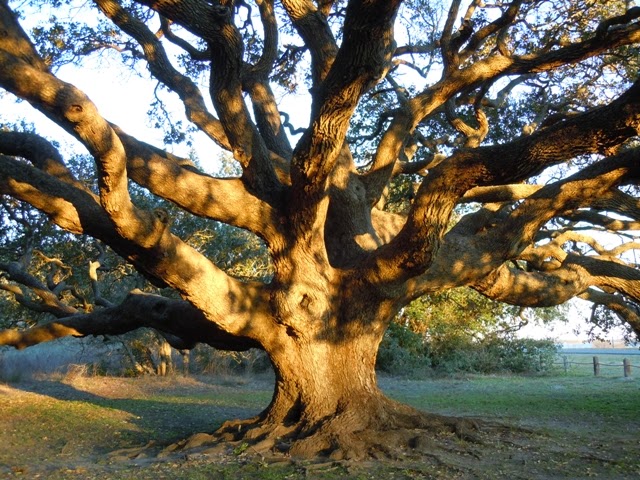Enslaved workers harvested some of the most important timbers that make up the hull of USS Constitution. On the densely wooded coastal islands of Georgia, they were forced to do the dangerous, grueling work of cutting massive live oak trees into timber that became the frames of “Old Ironsides.” To employ this work, the U.S. Navy paid enslavers living on the land where the trees were being cut, and some of that timber is still part of the ship today. The story of these individuals has remained a little-known part of the intertwined history of slavery in the early United States and the drive to build a navy that would defend American freedom across the world’s oceans.
The USS Constitution Museum was recently awarded a grant from Mass Humanities to fund original research into the history of enslaved people in live oak harvesting for Constitution and other early U.S. Navy ships. Until now, our knowledge of the original live oak acquisition for Constitution has largely relied on correspondence between navy officials and the naval agent working at the ship’s construction site in Boston. The story has consequently focused on the designer, the naval constructor, and the wood itself. The USS Constitution Museum endeavors to uncover greater detail about the identities of the enslaved people who did this work for the navy, the relationships between enslavers and the navy, and the role of slavery in the creation of USS Constitution and the early U.S. Navy.


In the late 18th century, live oak grew only in parts of coastal South Carolina, Georgia, Florida, and along the Gulf Coast. When the navy began sourcing the timber in the 1790s, only the Georgia islands were accessible as part of the nascent United States. The limits on supply and the remote location made it difficult to access and cut the trees. Hauling the large pieces to a wharf where they could be loaded on a ship to Boston was another challenge. Live oak is substantially heavier than white oak and other woods used in shipbuilding, and the odd shapes of the large specialized pieces made moving them particularly difficult.


The navy had originally hired an array of European-descended axemen and specialized woodcutters from New England to go to Georgia and do the work, but they were not successful. After several months, many of them had died from disease and most of the remaining men had deserted the job. A navy captain who was sent to Georgia to ship back the timber discovered that almost nothing had been accomplished, and he turned to enslavers and the stolen labor and skills of their enslaved workers as a solution.
The enslavers living on the land where the trees were located were not intentionally growing live oak. It already existed there, and they were eager to see the land cleared so they could enter the lucrative cotton trade taking hold in the region at the time. Finding a market for the trees, while also collecting pay for the stolen work and skills of the enslaved people cutting the trees, made the proposition even more lucrative for the enslavers. The navy proceeded with this method of procuring live oak timbers for USS Constitution and the other frigates.
More than two hundred years later, thousands of people visit the USS Constitution Museum and USS Constitution each year, but few leave with an understanding of this connection between slavery and USS Constitution. Through this project, the Museum seeks to bring to light the story of the enslaved people connected to the ship’s creation, delve into the difficult history of the institution of slavery in the early United States Navy, and use this knowledge to inform our interpretation of the ship and its history today.
The Author(s)
Carl Herzog
Public Historian, USS Constitution Museum
Carl Herzog is the Public Historian at the USS Constitution Museum.
